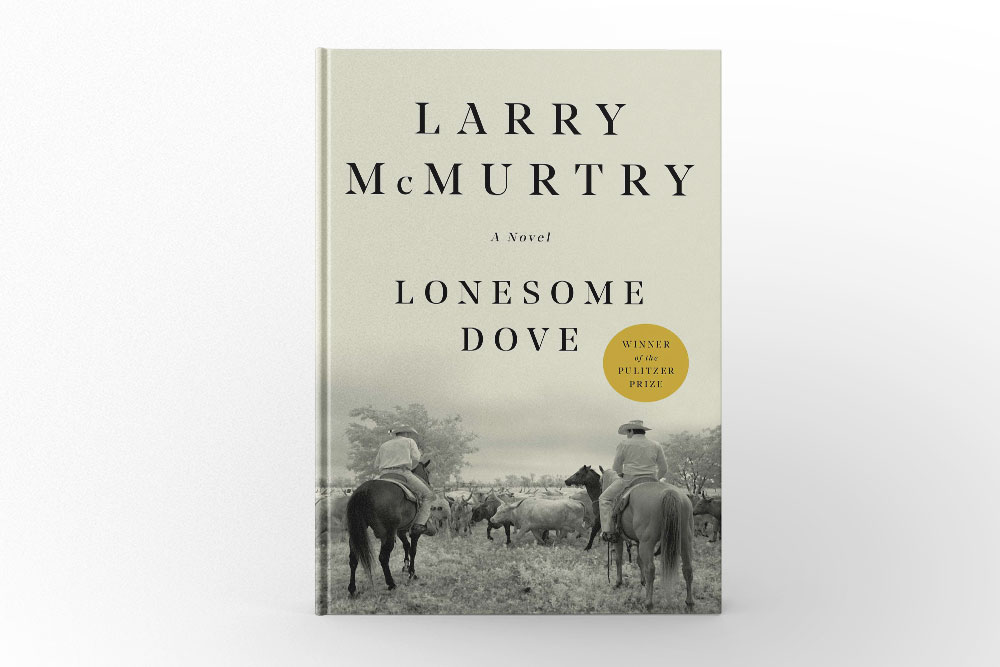Larry McMurtry’s Lonesome Dove is an epic novel that has cemented its place as a classic in American literature. This article delves into the rich narrative of Lonesome Dove Larry McMurtry, exploring its captivating story, profound themes, and the remarkable craftsmanship of its author. Set against the backdrop of the American West, this tale of adventure, friendship, and survival resonates deeply with readers, making it a timeless masterpiece.
Author’s Background
Larry McMurtry, born in 1936 in Wichita Falls, Texas, is an acclaimed novelist, essayist, and screenwriter. Known for his vivid portrayal of the American West and its characters, McMurtry has published over thirty novels, several screenplays, and numerous essays. His works often explore themes of love, loss, and the passage of time, drawing from his deep connection to the landscapes and people of the American Southwest.
Lonesome Dove, published in 1985, won the Pulitzer Prize for Fiction in 1986 and has been praised for its authentic depiction of the cowboy life and its complex characters. McMurtry’s extensive research and personal experiences lend an air of authenticity to his writing, making his works resonate with both historical accuracy and emotional depth.
In-Depth Summary
Lonesome Dove Larry McMurtry is set in the late 19th century and follows the journey of two retired Texas Rangers, Woodrow F. Call and Augustus “Gus” McCrae. The story begins in the small, dusty town of Lonesome Dove, Texas, where Call and Gus run a modest cattle company. Bored with their sedentary life, Call decides to undertake a cattle drive to Montana, spurred by the allure of untamed land and new opportunities.
The journey is fraught with challenges, including treacherous rivers, harsh weather, and encounters with Native American tribes. Alongside Call and Gus, the crew includes a diverse cast of characters: the young and eager Newt, the experienced wrangler Pea Eye, and the charismatic but troubled Jake Spoon. Each character brings their own strengths and flaws to the group, creating a dynamic and engaging narrative.
As the cattle drive progresses, the novel delves into the personal histories and motivations of its characters. Gus, with his charming wit and philosophical outlook, serves as a counterbalance to Call’s stoic determination and rigid sense of duty. Their friendship, marked by deep loyalty and frequent disagreements, forms the emotional core of the story.
Throughout the journey, the crew faces numerous hardships and losses, testing their resilience and resolve. The novel’s episodic structure allows for a rich exploration of each character’s inner life, revealing their dreams, regrets, and unfulfilled desires. The expansive and often brutal landscape of the West serves as both a physical and symbolic backdrop for their struggles and triumphs.
Themes and Insights
A closer examination of Lonesome Dove Larry McMurtry reveals several central themes that contribute to its lasting impact. One of the primary themes is the exploration of friendship and loyalty. The bond between Call and Gus, despite their differing personalities and philosophies, exemplifies the deep connections that can form between individuals facing adversity together.
Another significant theme is the notion of the American frontier and its mythic allure. The journey to Montana represents not only a physical quest but also a search for new beginnings and a longing for the freedom and adventure associated with the West. McMurtry deconstructs the romanticized image of the cowboy, presenting a more nuanced and realistic portrayal of their lives and struggles.
The theme of mortality is also prevalent throughout the novel. The characters grapple with the inevitability of death and the passage of time, reflecting on their past choices and the legacies they wish to leave behind. McMurtry’s poignant and often melancholic prose captures the fleeting nature of life and the enduring impact of human connections.
The role of women in the novel, while not the central focus, is also significant. Characters like Clara Allen and Lorena Wood add depth to the narrative, highlighting the challenges faced by women in a male-dominated society and their resilience in the face of adversity.
Recommendation
For readers seeking an epic tale of adventure, friendship, and the human spirit, Lonesome Dove Larry McMurtry is an essential read. Its richly developed characters, compelling narrative, and exploration of profound themes make it a standout in the Western genre. Whether you are a fan of historical fiction or simply enjoy well-crafted stories, Lonesome Dove offers a deeply satisfying and immersive reading experience.
McMurtry’s masterful storytelling and the novel’s evocative prose ensure that readers are transported to the rugged landscapes of the American West. The emotional depth and complexity of the characters make their journey all the more engaging and relatable.
Conclusion
In conclusion, Lonesome Dove Larry McMurtry is a remarkable novel that captures the essence of the American West and the timeless themes of friendship, adventure, and the passage of time. Through its vivid characters and richly detailed narrative, the novel stands as a testament to Larry McMurtry’s literary talent. For those looking to embark on a journey through the epic landscapes and poignant human experiences, Lonesome Dove is a must-read.
McMurtry’s ability to blend historical accuracy with emotional resonance ensures that Lonesome Dove remains a beloved classic in American literature. As we follow the journey of Call, Gus, and their companions, we are reminded of the enduring power of storytelling to illuminate the complexities of the human condition and the rugged beauty of the world they inhabit.
